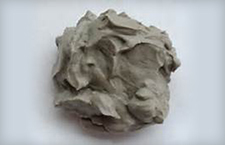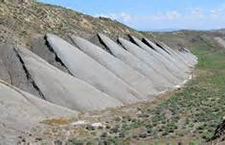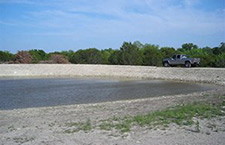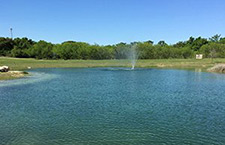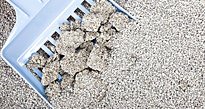Well Plugging and Abandonment with Sodium Bentonite | Texas Bentonite
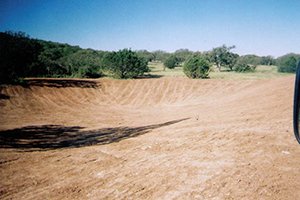
Once a well has passed its useful life, and has not been handled for six months, it is typically considered to be abandoned under Texas state law and needs to be plugged up. Well abandonment and plugging is an important issue for many reasons, from providing a direct link for contaminants to enter the groundwater to being a general safety hazard in cases of larger wells. If you have a well on your property that has been abandoned and needs to be properly plugged, using bentonite clay is a preferred method because of its non-toxic nature. It is also quite affordable.
For more information on well plugging and abandonment, contact our clay bentonite experts here at Southwestern Materials. We look forward to helping you by answering any questions you may have and helping you to determine the type and amount of materials you need.
How Sodium Bentonite Can Be Used to Plug Abandoned Wells
Bentonite is a natural clay that expands and swells, forming an impermeable later when saturated with water. Because it is natural and non-toxic, it is a preferred option for well plugging and abandonment, as it precludes toxic chemicals and other hazardous contaminants from entering the groundwater aqueduct system.
To plug your abandoned well with bentonite, you will use sodium bentonite chips, graded medium to coarse. You can order the amount you need by weight, and then add the chips to the well, so they sink to the bottom and get to work.
Well Plugging and Abandonment Steps
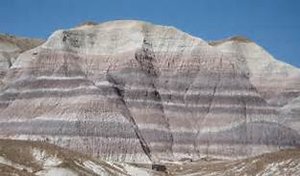
To ensure correct plugging of an abandoned well, please follow these steps:
- Step 1: Get the dimensions of the well. This includes well diameter and depth, and water level. Accurate measurements will give you the right calculation of well volume and water volume in the well. This information is vital to knowing how much bentonite you will need to complete the project.
- Step 2: Remove objects and obstructions from the well. Make sure all debris, including pump parts and other equipment are removed from the well.
- Step 3: Disinfect the well. Disinfect the well with household bleach to address existing microorganism that are likely thriving in the stagnant water. 1 gallon of bleach per every 500 gallons of water should be enough to ensure that the microorganisms, which can cause diseases, are killed and not sealed in the aquifer.
- Step 4: Apply bentonite. Add the clay bentonite to the well for plugging after abandonment.
- Step 5: Complete upper casing removal. The upper 3’ of well casing should be removed, but not until the fill material is within 3’ of the surface.
- Step 6: Top off the last 3’ with soil. Packing topsoil over the well will prevent standing water from gathering over the well.
These are very basic instructions, but should give you a good overview of what to expect when it comes to plugging up a well on your property.
Learn More About Well Plugging and Abandonment with Sodium Bentonite
For more information about how to best deal with well plugging and abandonment on your property, connect with Southwestern Materials today. We can help you by answering any questions or concerns you may have as well as to help you determine the amount of clay bentonite you will need for your project. As local Texas bentonite specialists, we can supply all of the bentonite you need for your well plugging project.

